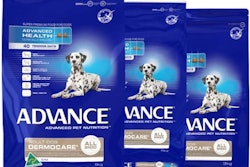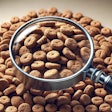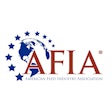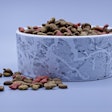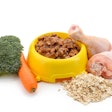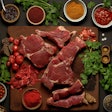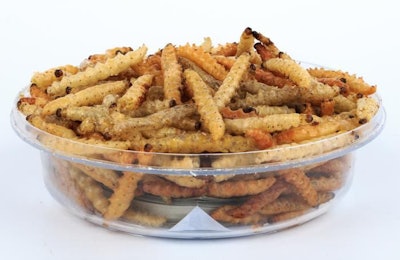
One of the many memorable sessions at Petfood Forum this year was the panel discussion regarding various perspectives on the use of insect-based ingredients in pet foods. Although the future for inclusion of this novel and sustainable source of nutrients in pet foods looks promising, there definitely will be some regulatory hurdles along the way.
Regulatory perspectives vary
Historically, the perspective of the US Food and Drug Administration (FDA) and other regulatory bodies that have jurisdiction over foods is that insects are contaminants; i.e., their presence above tolerable limits would render the food adulterated and subject to enforcement action. Thus, purposefully adding insects as a source of nutrition is a relatively recent concept that the current regulatory rubric is neither intended nor designed to address.
The Center for Food Safety and Applied Nutrition in FDA has offered no direction on its website as to how it views the use of these materials in human foods. When prompted by outside inquiries, the agency responds in an almost Zen-like manner: "bugs/insects are considered food if that is the intended use" (see link in sidebar). There are certain expectations that must be met as with any other food; e.g., they must be clean, wholesome, produced under current Good Manufacturing Practices and properly labeled. Other than a brief comment, though, FDA offers no specific guidance or opinion, putting the burden solely on the manufacturer as to how to ensure conformance to these expectations.
On the other hand, FDA's Center for Veterinary Medicine, along with the Association of American Feed Control Officials (AAFCO), has been much more directed in its response. As previously reported (Petfood Industry, May 2017), the consensus among regulators of animal feed is that any use of an insect-based ingredient would require it to be expressly identified as acceptable for that use. Acceptance may come in the form of a new AAFCO Feed Ingredient Definition or by more formal means such as a GRAS (generally recognized as safe) Notification or a Food Additive Petition.
By whatever means, information on manufacturing processes and controls, toxicologic evaluations, results of feeding trials, and other data sufficient to demonstrate safety and utility for its intended use, would need to be submitted and reviewed prior to marketing. Factors that must be considered in each case include the species and life stage of insect, the form of the ingredient (e.g., whole body versus protein concentrate), and the species of animal intended to be fed.
Current efforts and challenges
Currently, efforts are being made on several fronts to provide for use of new insect-based ingredients in animal feeds, including pet foods. To date, one ingredient has survived the gauntlet of regulatory scrutiny and is now AAFCO-defined: black soldier fly larvae (AAFCO #T60.117). In fact, after the definition for the whole larvae was established last year, based on additional information it was further amended to provide for use of the same insect with part or all of the oil extracted. For many other existing AAFCO ingredients, such as soybeans, an oil-extracted product would be a "meal," distinct in nutritional composition compared to the original ingredient. In this case, though, the name of the ingredient would be the same regardless.
That may be good news for other insect ingredient suppliers, as they would have an easier time bringing products to the market without the need to pursue multiple definitions. On the other hand, having one ingredient name that applies equally to products varying widely in nutrient content may be confusing to both the industry and purchasers.
What is still a stumbling block to widespread use is that the definition for black soldier fly larvae expressly limits its use to feeds intended for salmonids. There is also a pending AAFCO Policy Statement that would recommend this (and other insect ingredients in the future) be accepted for use in wild bird feeds provided the insect is commonly found in the wild in North America and it is otherwise suitable for use in feed. However, that leaves out many other species of animals, including dogs, cats and many specialty pets. It appears evident that regulators would expect to see additional safety and utility data for each category, if not each species of pet, before allowing inclusion of this ingredient in foods for those other species.
Of course, insects, both live and processed, have been distributed commercially for the inclusion in the diet of animals, particularly with respect to some species of specialty pets, for many, many years. For the most part, notwithstanding lack of any official sanction to allow these materials to be sold for this purpose, this practice has been unfettered by any regulatory concerns. Hopefully, considering the long histories of safe use, common sense will prevail and enforcement discretion will be practiced regarding the use of these ingredients in foods for insectivorous specialty pets.
For more insights by Dr. Dzanis




